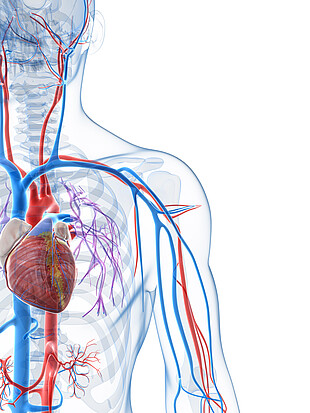
Welcome
The anesthesia is responsible for the well-being, analgesia and sufficiently deep sleep and the safe recovery from anesthesia in all procedures and operations. For this purpose, there are technologies for organ support - for example, the artificial ventilation - available. For critically ill patients and in complex operations, the intensive follow-up care with complex organ support methods is necessary and to ensure.
The direct observation of the patient by the anesthesiologist is an absolute priority - supported by the visual and acoustic assessment of the patient's state of health and the conditions in its direct vicinity. The constantly expanding spectrum of interventional methods - neuroradiology, radiology, cardiology and endoscopy - results in a necessarily more active role for the anesthesia.
Technical methods increase the safety in the patient care - for example the non-invasive methods of pulse oximetry and the inspiratory and expiratory breath gas analysis – in order to protect the patient against oxygen deficiency, and circulatory failure.
While non-invasive methods obtain the life maintaining information, by attaching the sensors to the body, these data are measured at critically ill patients only by systems which are inserted in the central compartment of the body. Here the focus lies on the development of technologies that easy and secure bridge this gap from peripheral to central - for example, the cerebral oximetry, but also the control of the catheter insertion by ultrasound.



